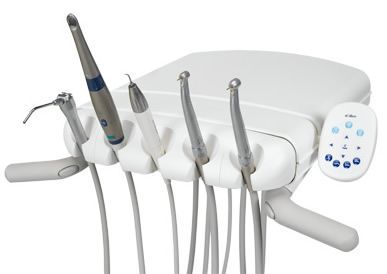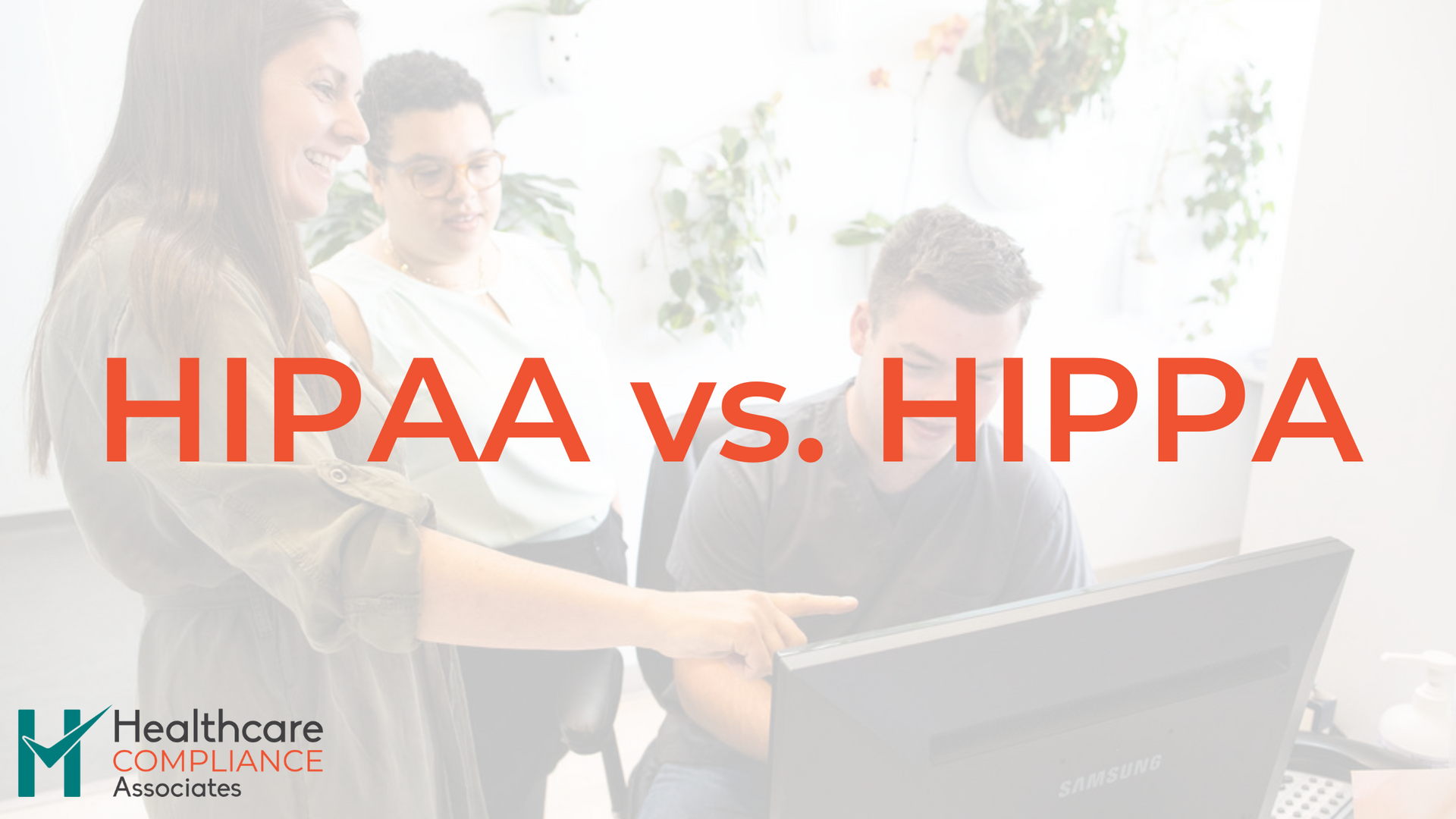
Improving Team Morale: A Guide for Healthcare Safety Officers
Empowering Teams to Share Responsibilities and Prevent Burnout: Making safety a team effort!

The responsibilities of OSHA and HIPAA Officers in healthcare office often extend beyond the standard job description. The weight of ensuring compliance, safety, and security can lead to burnout, leaving safety officers feeling overworked and overwhelmed. However, the key to building successful and sustainable compliance programs lies in the shared responsibilities of a dedicated team.
In successful compliance programs, the responsibility of safety and security is not solely shouldered by one individual. Instead, responsibilities are distributed among team members while the safety officer monitors and ensure tasks are completed and maintained, fostering collaboration and preventing burnout. Here’s why sharing responsibilities is crucial:
Delegating Tasks for a Breath of Fresh Air
Delegating tasks not only lightens the load for safety officers but also promotes a sense of shared commitment among team members. Here are three easy tasks that can be delegated to distribute responsibilities more evenly:
- Weekly Eyewash Station Flush (OSHA): Assign this task to a responsible team member on a rotating schedule.
- Monthly Fire Extinguisher Checks (OSHA): Divide the responsibility among team members to ensure regular checks without overwhelming one person.
- Regular Sharps Container Checks (OSHA): Create a schedule for different team members to inspect sharps containers periodically.
Tips for Effective Task Delegation
To ensure a smooth delegation process, consider these tips:
- Create/Update Policies and Procedures: Clearly outline the steps for each delegated task in updated policies and procedures.
- Regular Schedule: Assign specific days for each activity. Set reminders on calendars to maintain a consistent schedule.
- Maintain a Logbook: Establish a logbook to document completed tasks, ensuring a transparent record of compliance.
Fostering Continuous Improvement
Shared responsibilities contribute to a culture of continuous improvement. When team members are involved in various aspects of compliance, it fosters an environment where everyone is encouraged to identify and implement better practices. This not only enhances compliance but also ensures that the team is always striving for excellence.
Conclusion: Building a Resilient and Collaborative Team
By distributing responsibilities among team members, healthcare offices can create a resilient and collaborative environment. The shared commitment to safety not only prevents burnout for safety officers but also enhances the overall effectiveness of compliance programs.
In the pursuit of a safer healthcare environment, let’s remember that successful teams share responsibilities, cultivate open communication, and lift each other up in times of stress. Together, we can build a workplace where the burden of compliance is lightened by the strength of a supportive team.
Ready to Enhance Your Compliance Program? Schedule a Chat!
Ready to feel prepared, confident, and secure in your compliance program? Schedule a chat and learn how we can make your office become and stay OSHA & HIPAA compliant.





OSHA and HIPAA compliance training and consulting for healthcare providers in Portland, Salem, Eugene, Bend, Roseburg, Medford, Grants Pass, and surrounding areas.
All Rights Reserved | Healthcare Compliance Associates
NAVIGATION
OSHA and HIPAA compliance training and consulting for healthcare providers in Portland, Salem, Eugene, Bend, Roseburg, Medford, Grants Pass, and surrounding areas.
CONTACT US
- Mon - Fri
- -
- Sat - Sun
- Closed
All Rights Reserved | Healthcare Compliance Associates








